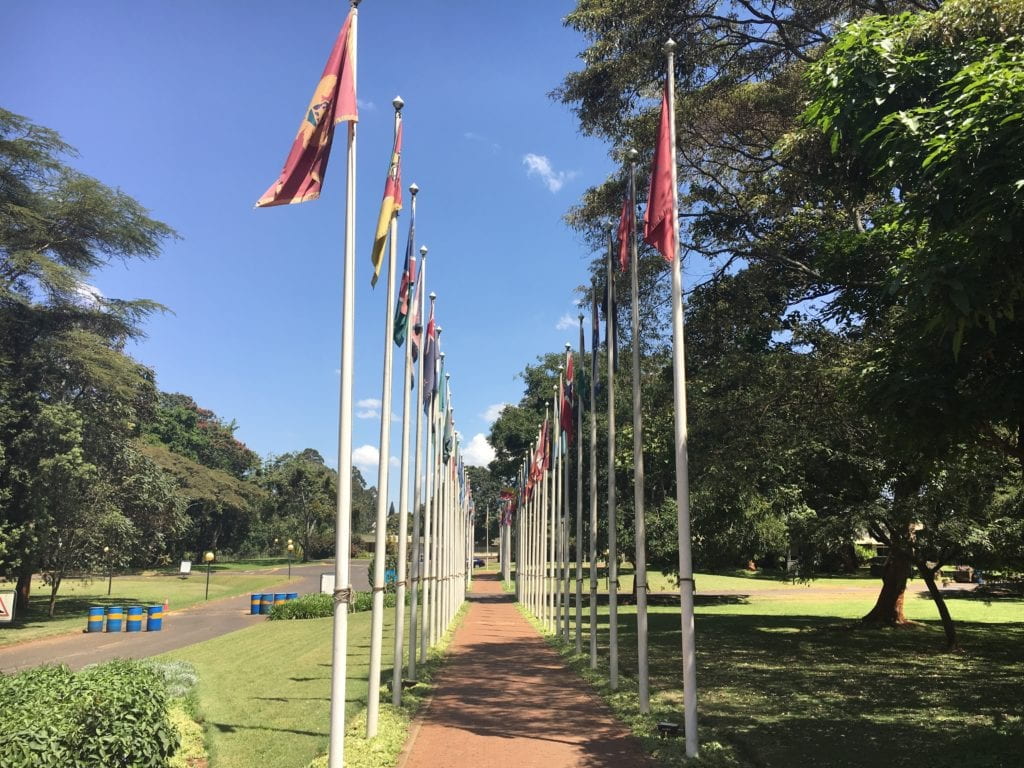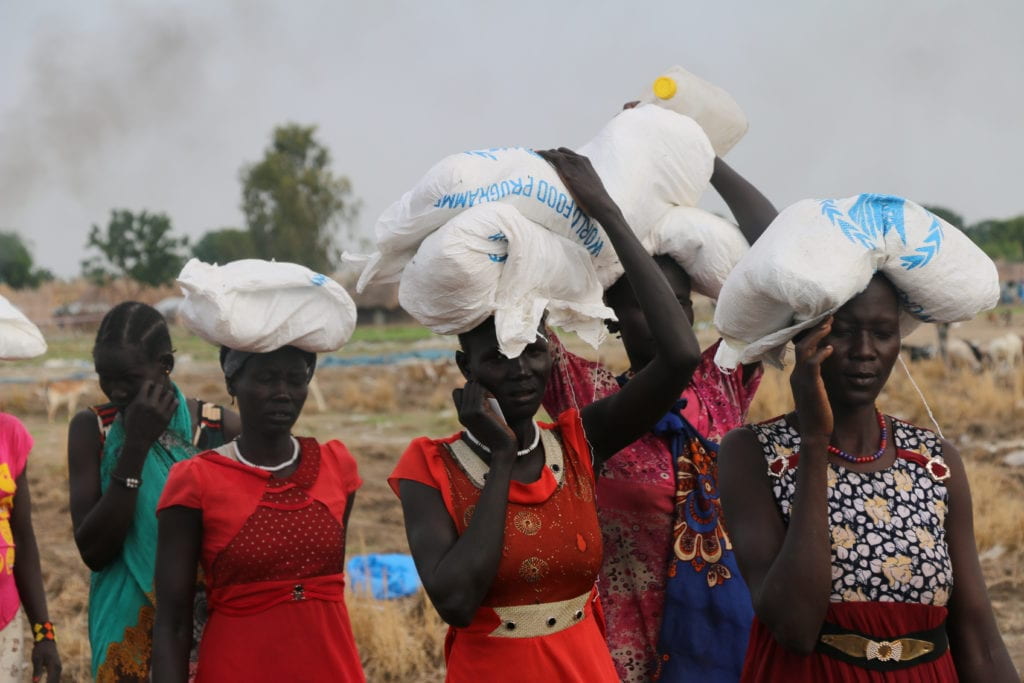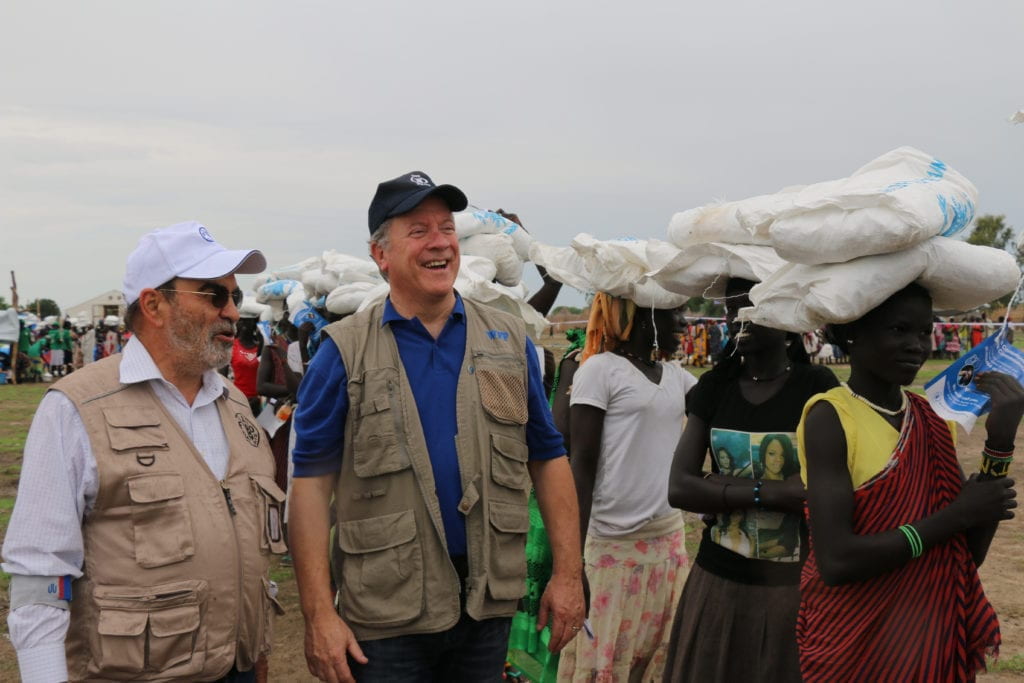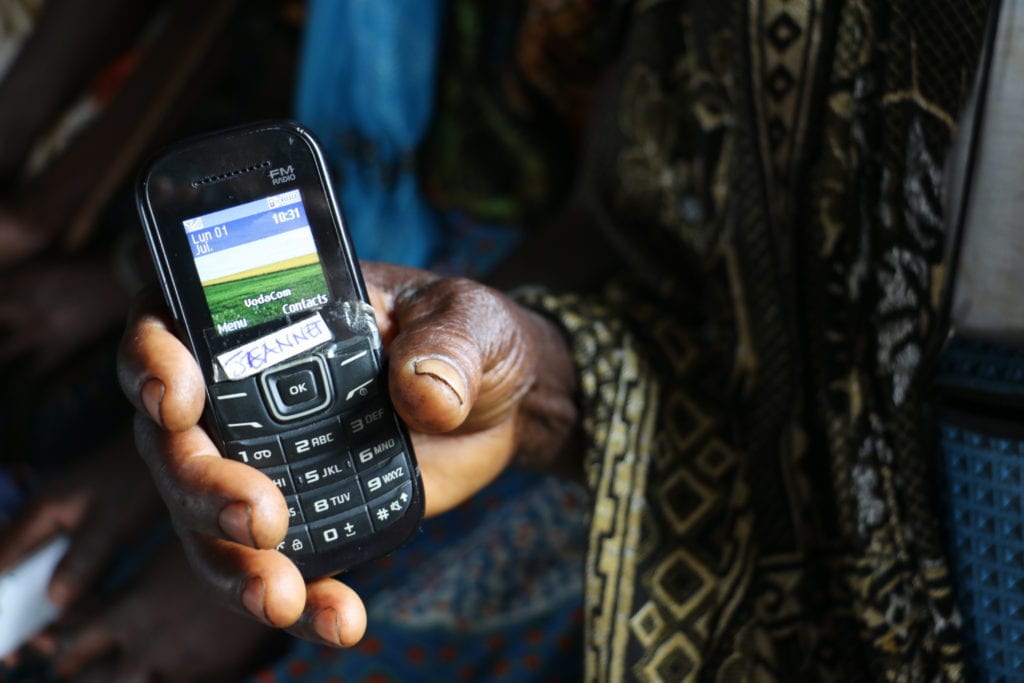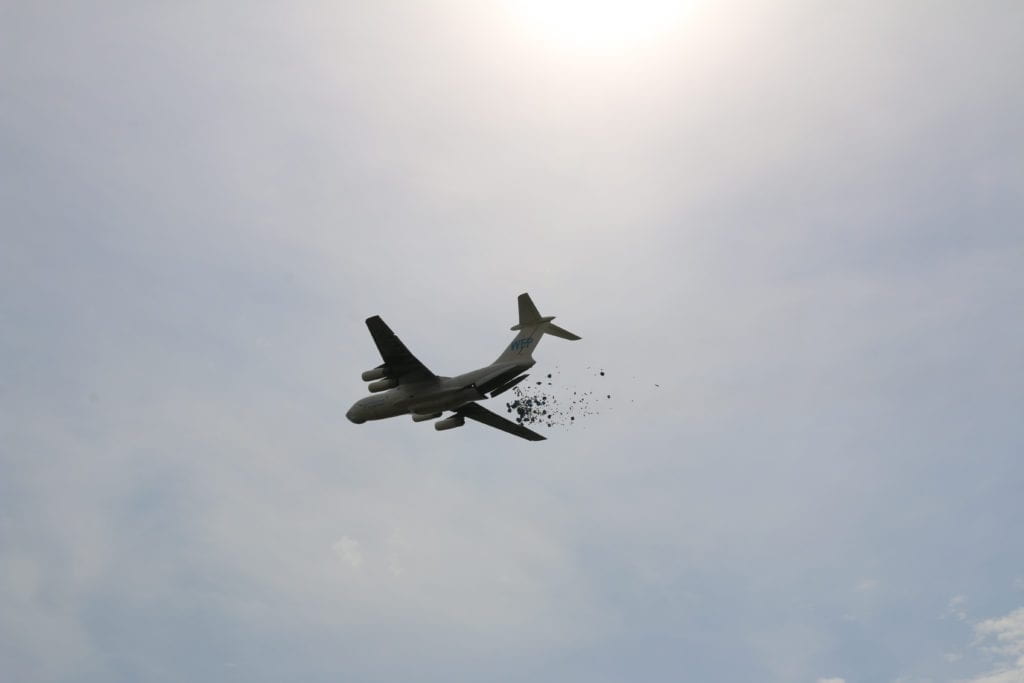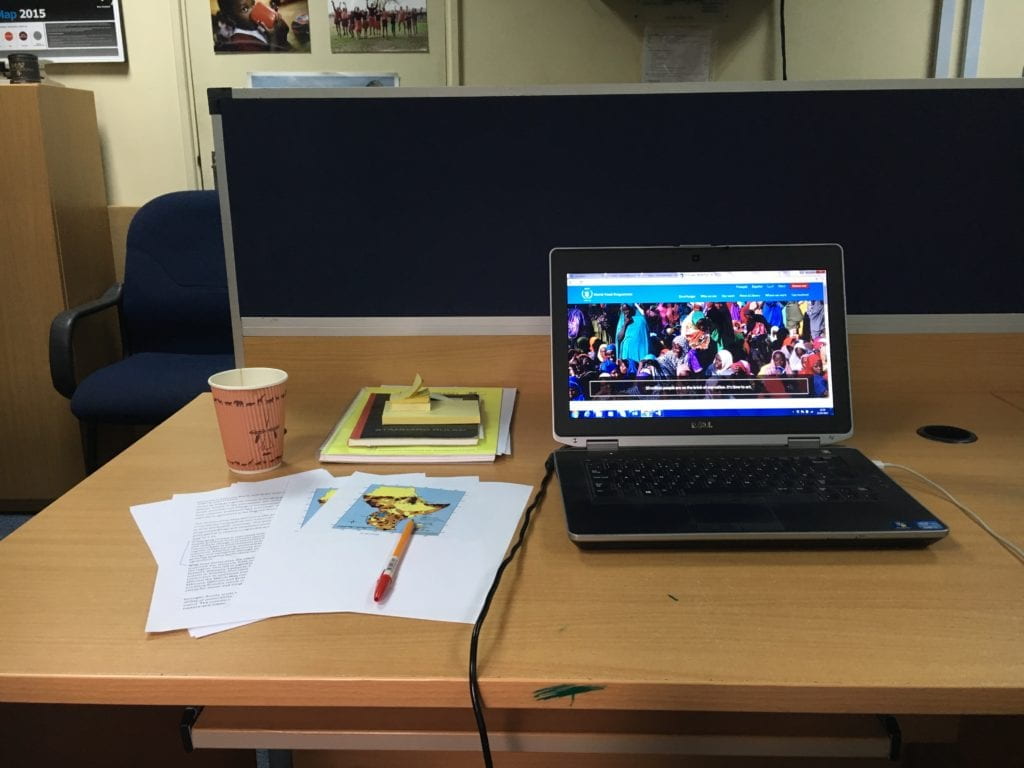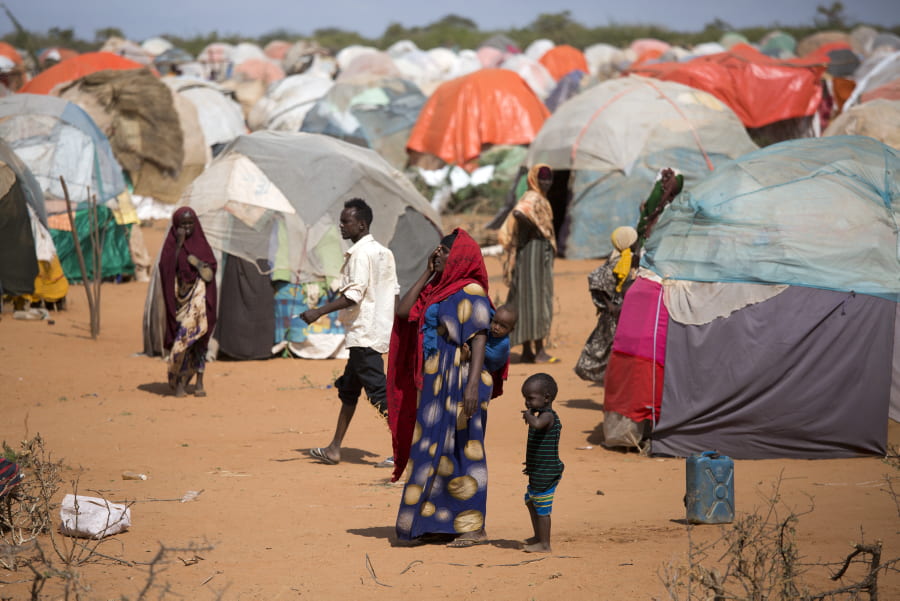Victoria Berg
World Food Programme
Nairobi, Kenya
Another hearty “Jambo!” from the WFP Regional Bureau in Kenya! I am still greatly enjoying my time at the Vulnerability Assessment and Mapping (VAM) unit. To recap, the VAM unit provides technical support to country offices through assessments and food security monitoring. This generates information and a factual basis for program design using more traditional assessment methods, and advanced and emerging technologies to provide a clear picture and timely data of the situation on the ground. The VAM unit has a subset called mobile Vulnerability Analysis and Mapping (mVAM), which is the subject of my blog today.
mVAM is used to “collect food security data from places that are too remote or dangerous for face-to-face assessments, or when high-frequency data is needed to monitor an evolving situation” (WFP, 2017). mVAM uses mobile technology like SMS, Interactive Voice Response (IVR), and Computer Assisted Telephone Interviewing (CATI) (live calls made by an operator) to track the food security of vulnerable populations in real-time (WFP, 2017).
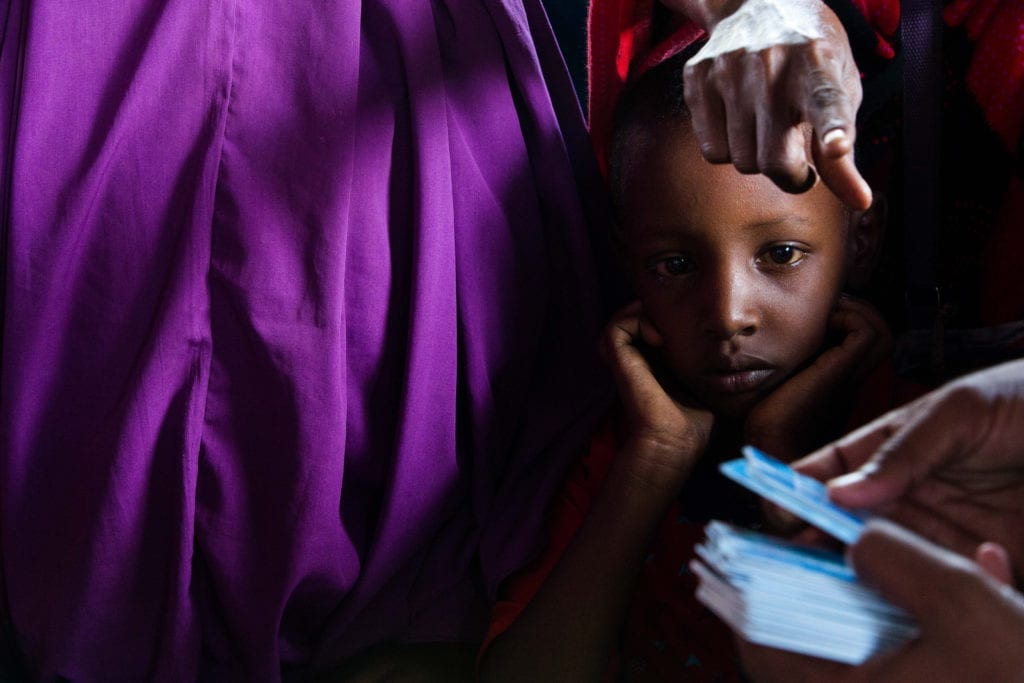
WFP is scaling up relief operations quickly to avert famine in Somalia, where close to 3 million people cannot meet daily food requirements and where 3.3 million need livelihood support to keep from sliding into crisis. WFP has been providing unconditional cash and food assistance to drought-affected communities. In the photo, a young boy waits while his mother tops up her SCOPE Cash-Based Transfers (CBTs) card.
WFP/Kabir Dhanji
Globally, the VAM unit has completed 555 in-depth assessments since 2001. 59 countries have Food Security Monitoring Systems in place, and over 20,000 remote mVAM surveys are carried out every month (WFP, 2017). That is A LOT of data. I have been sitting at a desk at the regional bureau reading incredibly comprehensive and valuable technical reports from the VAM team that help inform program and policy in the region.
In addition to sharing data and assessment results with the wider food security community, the mVAM team now wants to use new tools and technologies to make this data available and easily accessible to beneficiaries and the communities where WFP works. Food security data should not be a one-way street but should be made available in a timely matter to the people it directly impacts.
The WFP’s two-way communications systems can be used for WFP to contact communities and vice versa. They tailor communication channels such as a hotline, IVR, a chatbot, Facebook’s Free Basics platform, or a combination of, to provide information on food prices, WFP programs, dates of food distribution, and more.
With funding from the Korea International Cooperation Agency (KOICA), VAM is expanding its two-way communication systems to 10 countries in sub-Saharan Africa. A support mission was recently undertaken to scope out their feasibility in Kenya, where refugees already have access to the WFP hotline.
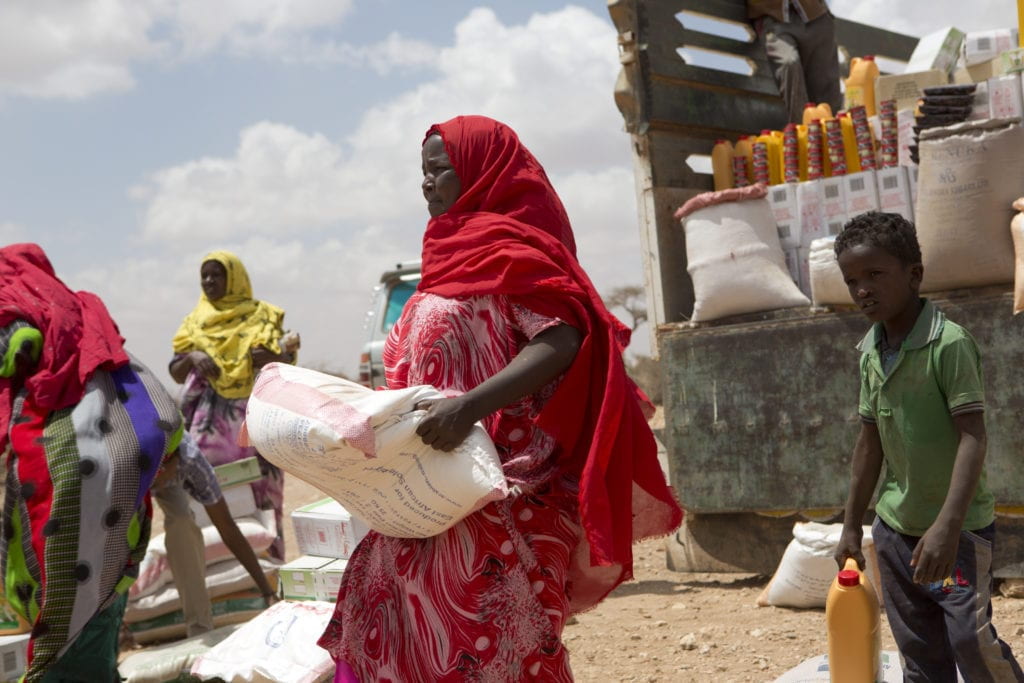
Somalis redeeming their Cash-Based Transfers (CBTs) for food rations.
WFP/Karel Prinsloo
In my personal opinion, mVAM’s two-way communications systems are a valuable tool that will only become more important in the future. As climate change and variability intensifies droughts and floods, the timely data and information can provide the early warnings necessary for preventative action.
Most importantly, programs can be strengthened to better benefit the people they serve. If refugees are able to access real-time data about market prices and the quality of goods, for example, they could make more informed decisions about where to buy and what to purchase. It therefore has the potential to enhance refugees’ access to food.
Please note that I am not a WFP employee and that my views in no way reflect those of the WFP or the UN.
